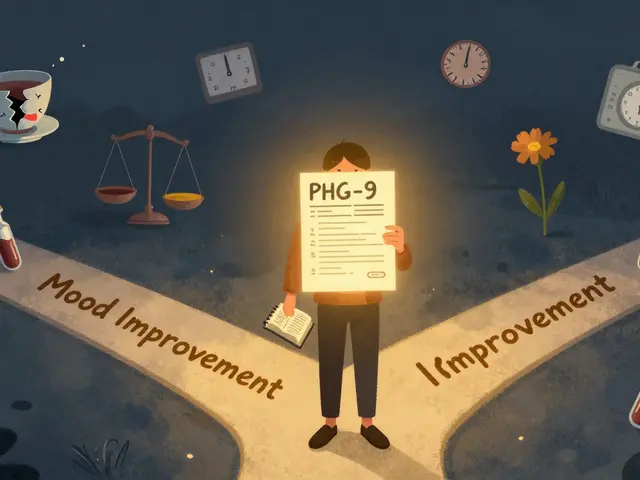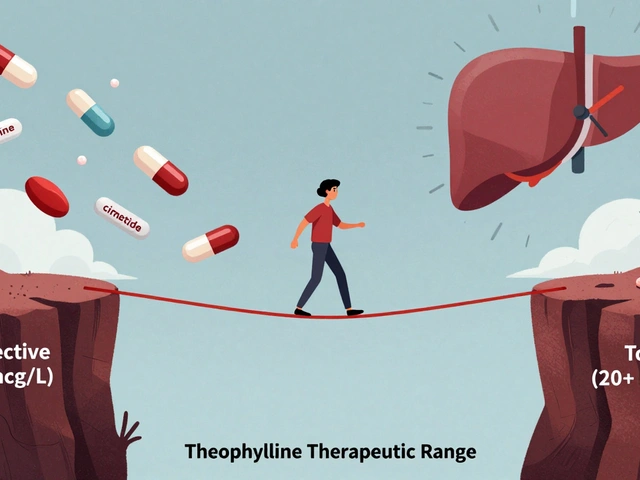Hepatitis B Vaccine: Essential Guide & Latest Insights
When working with Hepatitis B vaccine, a preventive injection that trains the immune system to fight the hepatitis B virus. Also known as HBV vaccine, it reduces the risk of chronic liver disease, cirrhosun, and liver cancer. This vaccine is a cornerstone of public‑health programs worldwide because it stops a virus that can silently damage the liver for decades. Understanding how the vaccine fits into broader health strategies helps you make informed choices and stay up‑to‑date with the latest recommendations.
Key aspects you should know
First, the hepatitis B virus, a DNA virus that attacks the liver and spreads through blood or bodily fluids is the target. The vaccine introduces a harmless version of the virus’s surface antigen, prompting the body to produce antibody response, specifically anti‑HBs antibodies that neutralize the real virus if you’re exposed later. A strong antibody response usually appears weeks after the final dose and is measured by serology to confirm protection.
The immunization schedule, the recommended series of three doses given over six months is the backbone of effective immunity. For most adults, the first shot can be given at any time, the second follows 1–2 months later, and the third completes the series 4–6 months after the first. Infants follow a birth‑dose schedule, then receive follow‑ups at 1–2 months and again at 6–18 months. Sticking to this timeline maximizes the chance of seroconversion and long‑term protection.
Today, most countries use a recombinant vaccine, produced from yeast cells that express the hepatitis B surface antigen. Recombinant versions are safe, free of blood‑derived components, and have a well‑documented safety profile. Some regions still offer plasma‑derived formulations, but they are phasing out because recombinant versions carry fewer theoretical risks.
Safety and side effects matter to anyone considering vaccination. Common mild reactions include soreness at the injection site, low‑grade fever, or fatigue—these usually resolve within a day or two. Serious adverse events are extremely rare; large‑scale studies consistently show the vaccine’s benefit far outweighs any risk. Monitoring systems, such as VAERS in the U.S., keep track of any unusual patterns, ensuring ongoing confidence in the vaccine’s safety.
Beyond individual protection, the vaccine shapes population health. Widespread immunization cuts transmission rates, reduces the pool of chronic carriers, and ultimately lowers the burden of liver‑related diseases on healthcare systems. This public‑health impact is evident in countries that achieved over 90% coverage, where hepatitis B‑related liver cancer rates have dropped dramatically.
For people with special circumstances—like those with chronic kidney disease, HIV, or on immunosuppressive therapy—vaccination schedules may be adjusted. Higher‑dose formulations or additional booster shots can boost antibody levels in these groups. Likewise, travelers to endemic areas often receive an accelerated schedule (0, 1, and 2 months) to secure protection before departure.
Finally, staying current with guidelines matters. The World Health Organization, CDC, and local health authorities periodically update recommendations based on emerging data, such as the impact of new antiviral therapies or changes in hepatitis B prevalence. Keeping an eye on official sources ensures you’re following the most effective protocol.
Below you’ll find a hand‑picked collection of articles that dive deeper into each of these topics—from vaccine safety and dosing nuances to real‑world case studies and the latest research findings. Whether you’re a patient, caregiver, or health‑care professional, the resources ahead will give you actionable insights and up‑to‑date information you can trust.
Chronic Hepatitis B in Children: Essential Guide for Parents
A parent-friendly guide covering what chronic hepatitis B means for kids, how it's diagnosed, treatment options, vaccination, and long‑term care.






